Calculation time!
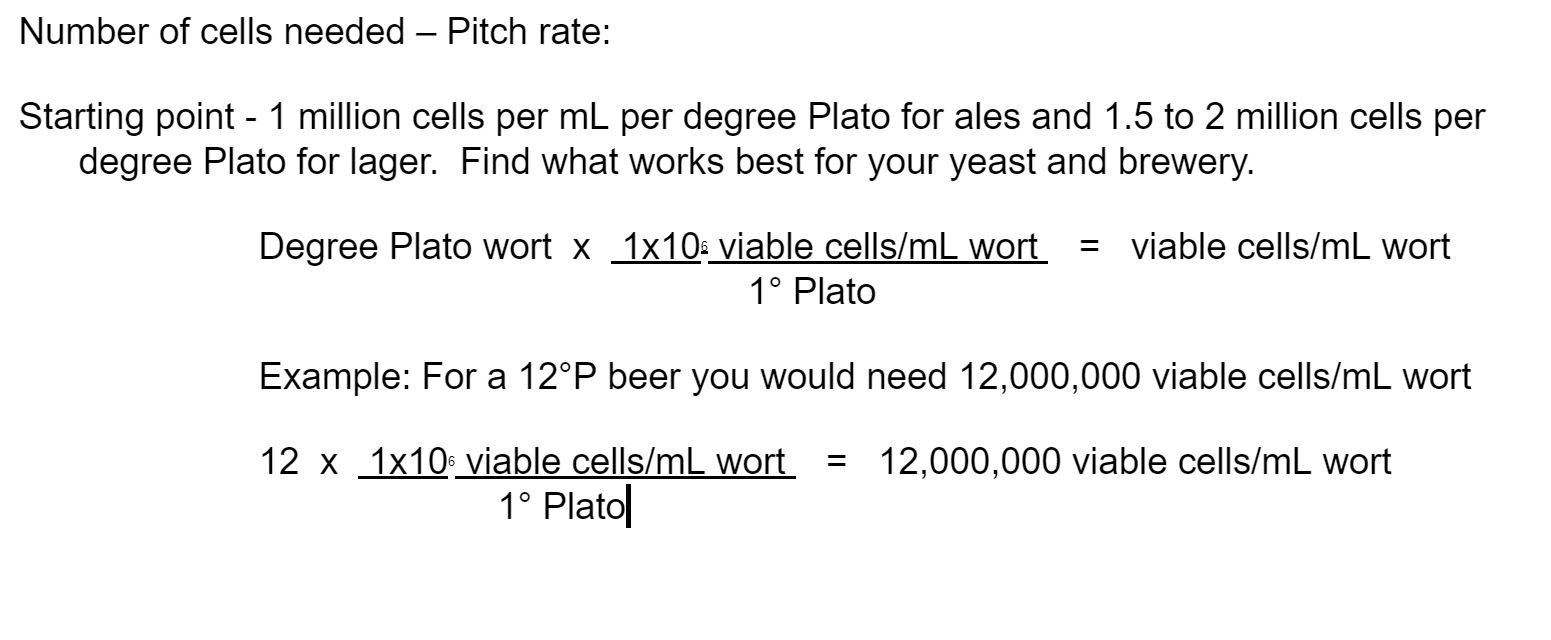

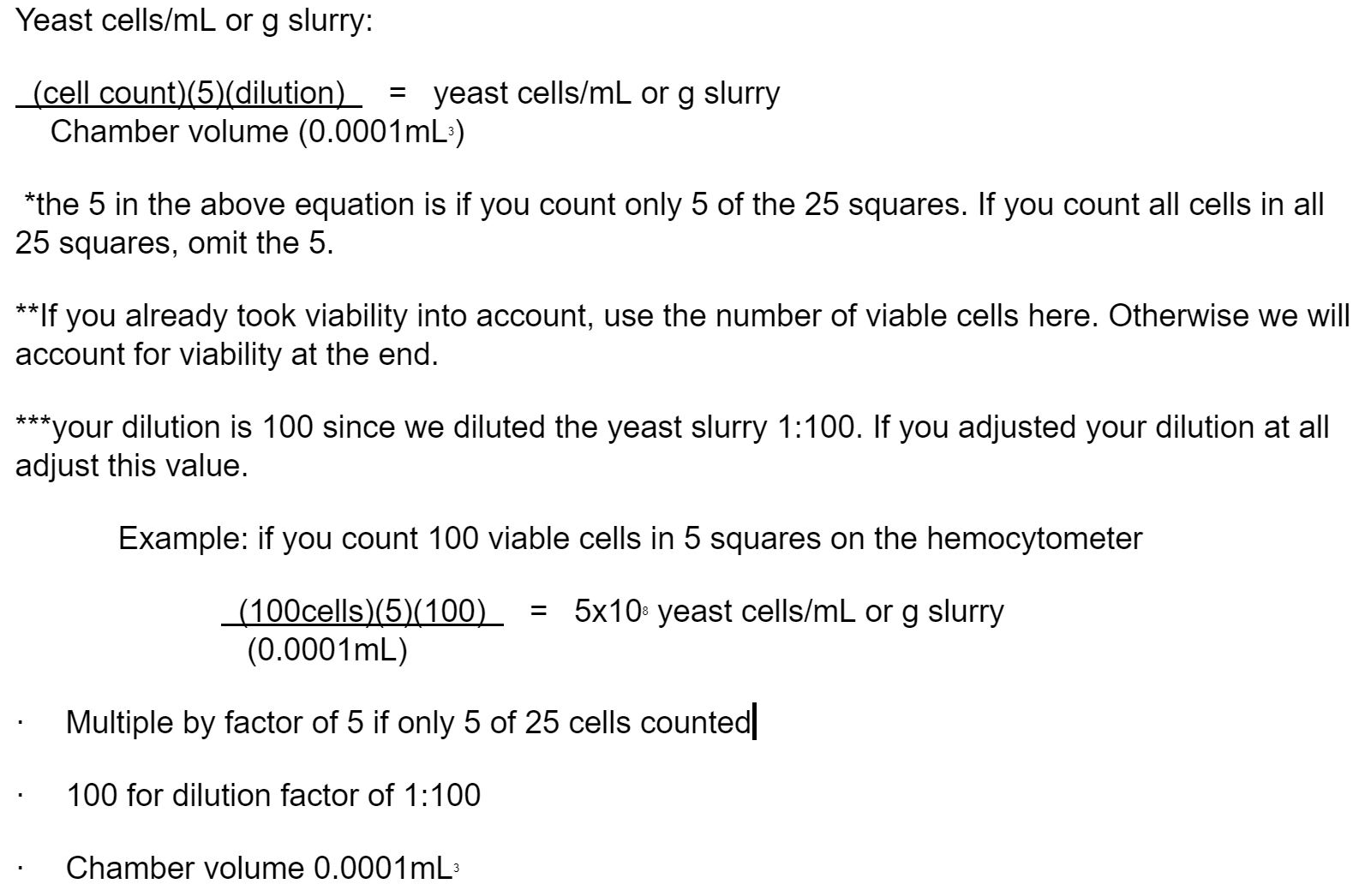
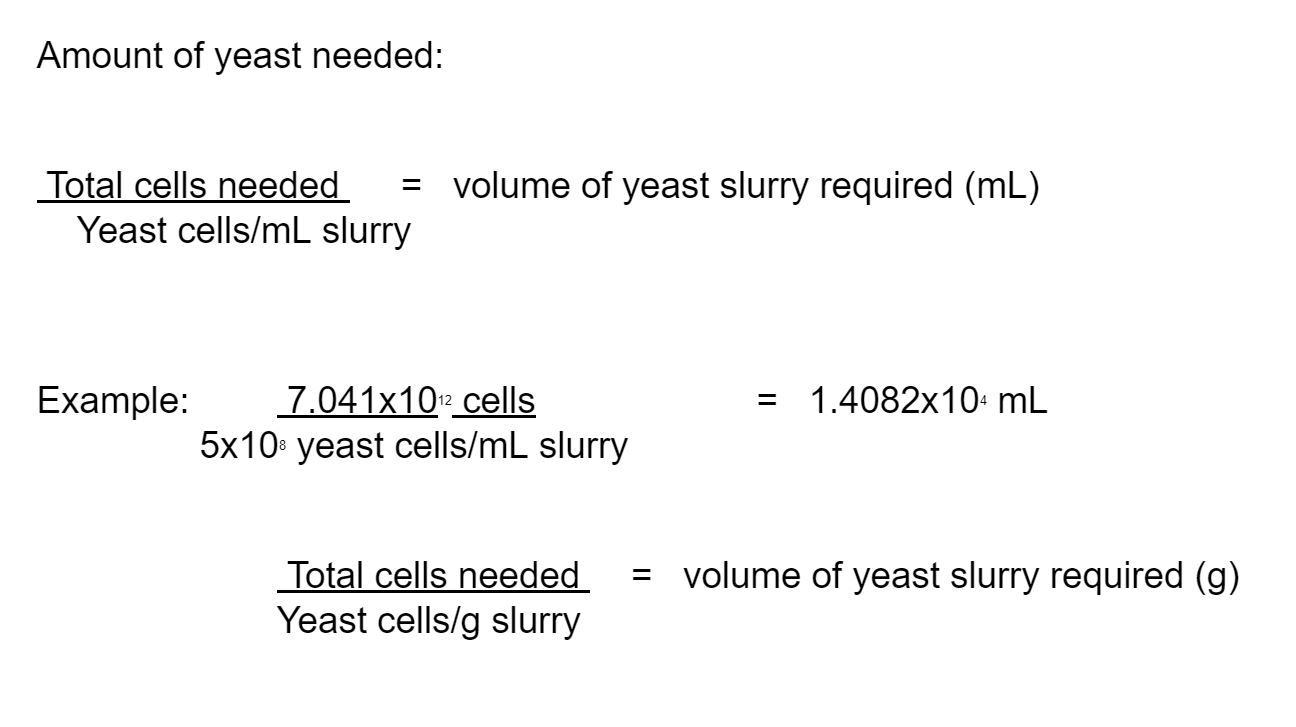
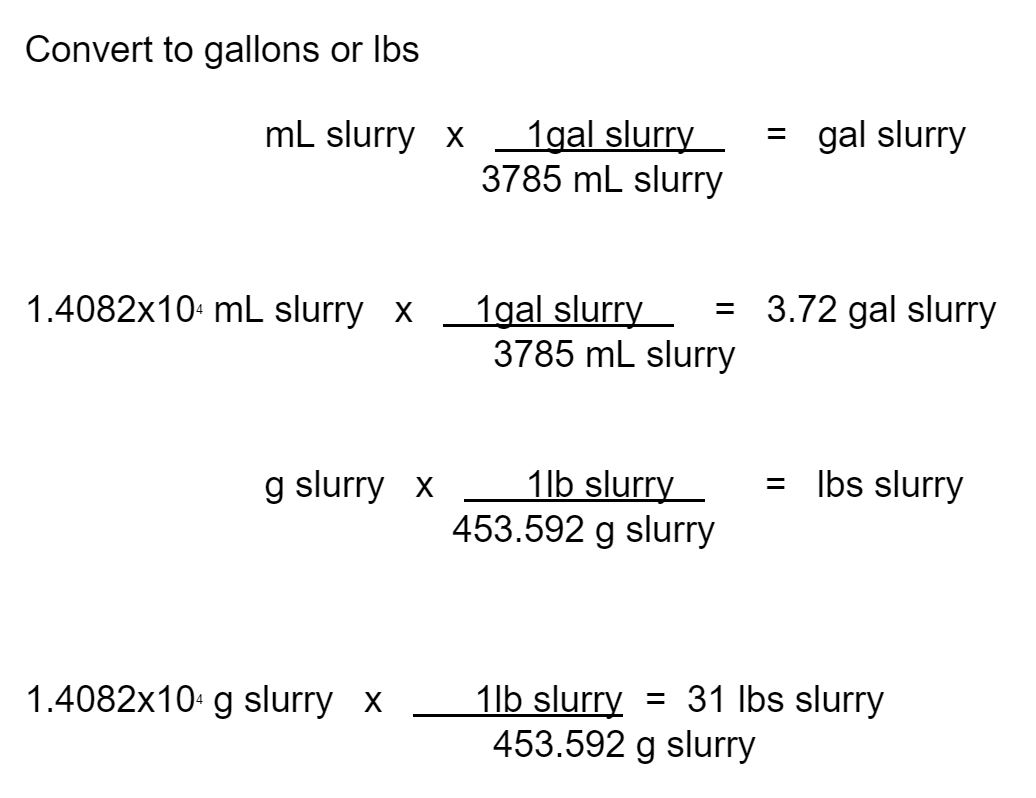
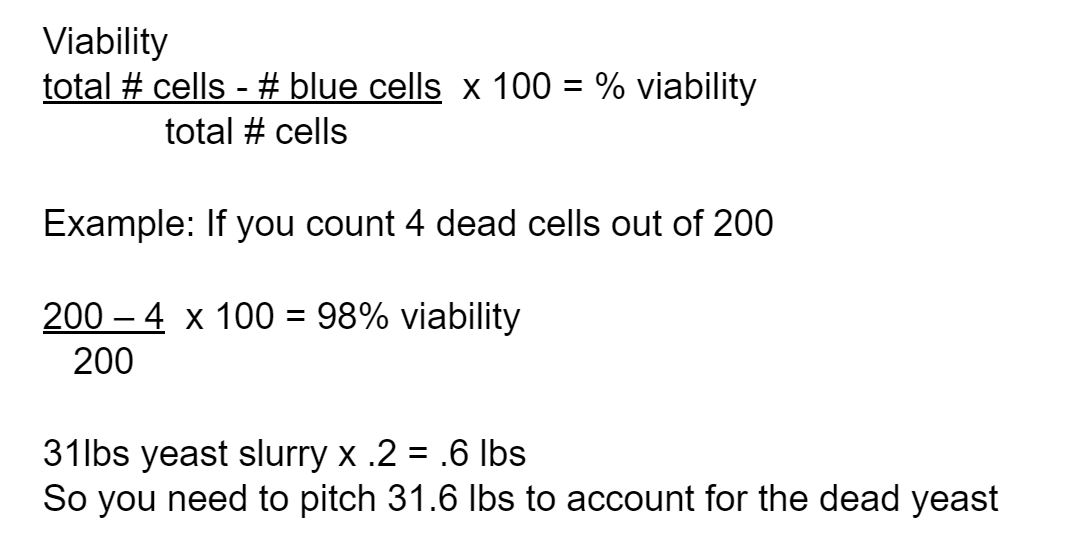
Recap
- Collect yeast
- Make a 1:100 dilution
- Load hemacytometer
- Count cells
- Add methylene blue and count viability
- Calculate
- Pitch
Finally, evaluate your fermentations. If you find that you’re not getting the ester profile you’re looking for in your hefeweizen you might want to cut back a bit on your cell count. Intentionally stressing your yeast a little can accentuate esters. Alternatively if your pale ale is a little too estery, or your double IPA isn’t finishing where your want it, you might want to up your cell count a bit.
Track your fermentation curve by plotting out time and gravity. Play around and experiment. Make sure you keep notes of any changes you made since you might not remember once the beer is finished.
Since it’s hard to picture some of these steps, here’s a video I made awhile back.
You can also find some cell count worksheets to help with calculations. And if you like to listen, episode 4 of Check Your Beer covers cell counting but not in this much detail.
How do you collect and pitch your yeast?
Amy Todd is the Owner and Analyst for Zymology Labs as well as a lab manager for Zero Gravity Craft Brewery in Burlington, Vt.



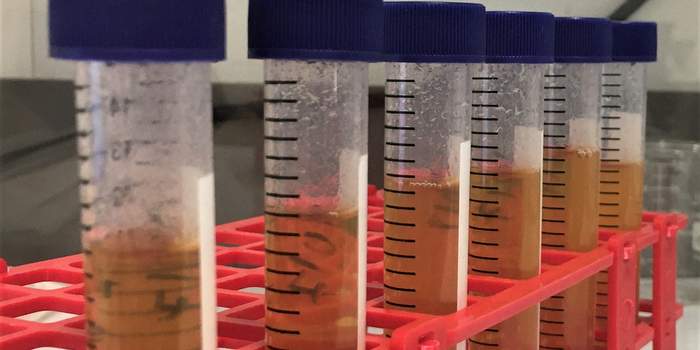
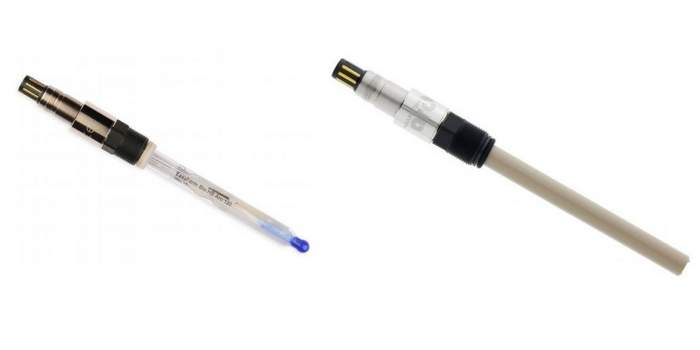
Scott Stokes says
Ryan Blondell